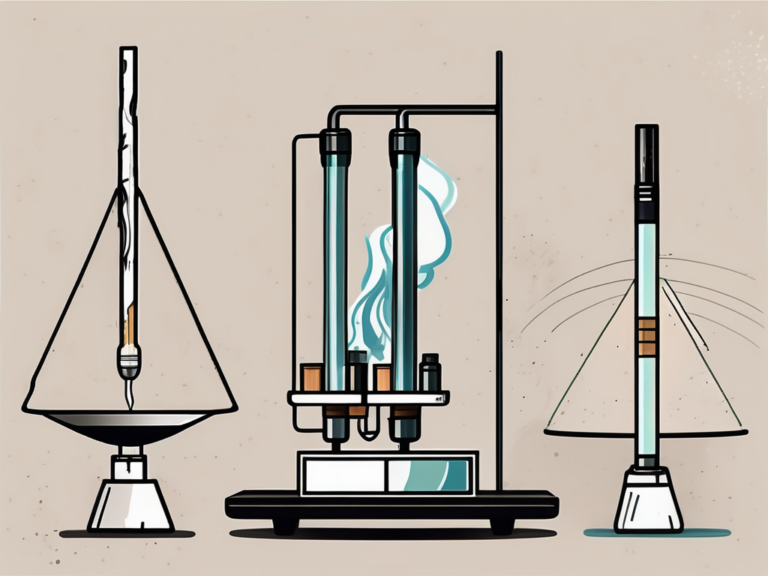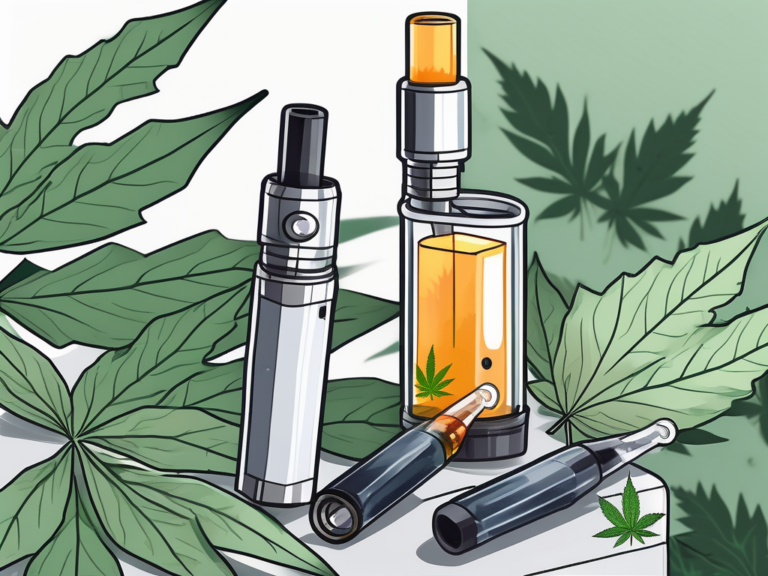when are they banning vapes
Vaping has become an increasingly popular trend in recent years, with many people turning to e-cigarettes as an alternative to traditional tobacco products. However, concerns have been raised about the potential health risks associated with vaping, particularly among young people. As a result, there has been a lot of discussion and debate over whether or not vapes should be banned. In this article, we will explore the topic of the vape ban, including the reasons behind it, who is implementing it, and its implications for vape users and manufacturers.
Understanding the Vape Ban
Before diving into the details of the vape ban, it’s important to understand what it entails. A vape ban refers to the restriction or prohibition of the sale, distribution, and use of electronic cigarettes and other vaping devices. While the specifics of the ban may vary from one jurisdiction to another, the main goal is to reduce the accessibility and appeal of vaping, especially to young people.
The Reasoning Behind the Ban
The primary reason for the vape ban is the concern over the health risks associated with vaping. While e-cigarettes do not contain tobacco, they do contain nicotine and other potentially harmful chemicals. Additionally, the long-term effects of vaping are still largely unknown, and there is evidence to suggest that it can lead to lung damage and other adverse health outcomes.
Recent studies have shown that the aerosol produced by e-cigarettes can contain harmful substances such as heavy metals and volatile organic compounds. These substances can have detrimental effects on the respiratory system, potentially leading to respiratory illnesses and compromised lung function. The vape ban aims to protect individuals, especially young people, from these potential health hazards.
Another key motivator for the ban is the rise in vaping among young people. The fruity and enticing flavors of e-liquids, as well as the sleek and discreet design of vaping devices, have made them particularly appealing to teenagers. This has sparked fears of a potential youth vaping epidemic, with harmful consequences for their health and wellbeing.
Studies have shown that nicotine exposure during adolescence can have lasting effects on brain development, affecting attention, learning, and impulse control. The vape ban seeks to curb the increasing popularity of vaping among young people, aiming to protect them from the potential long-term consequences of nicotine addiction and its impact on their cognitive abilities.
Who is Implementing the Ban?
The decision to ban vapes and implement regulations varies from one country to another. Some countries have imposed a complete ban on e-cigarettes, while others have introduced stricter regulations and age restrictions for purchasing and using vaping products. In some cases, the ban is implemented at the national level, while in others, it is up to individual states or provinces to decide the extent of the restrictions.
Countries such as India and Brazil have taken a firm stance by completely banning the sale and use of e-cigarettes. On the other hand, countries like the United States have implemented a patchwork of regulations, with some states imposing stricter restrictions than others. The varying approaches reflect the ongoing debate surrounding the balance between public health concerns and individual freedoms.
It is worth noting that the vape ban has sparked significant controversy and debate. Proponents argue that it is a necessary step to protect public health, particularly the health of young people. They believe that the potential risks of vaping outweigh any potential benefits. On the other hand, opponents argue that vaping can serve as a harm reduction tool for adult smokers who are trying to quit traditional cigarettes. They argue that a complete ban may limit the availability of a potentially less harmful alternative.
As the debate continues, governments and public health organizations are closely monitoring the impact of the vape ban. They are assessing its effectiveness in reducing youth vaping rates, evaluating any unintended consequences, and considering potential adjustments to the regulations. The vape ban remains a complex and evolving issue, with ongoing research and discussions shaping its future.
Timeline of the Vape Ban
Understanding the timeline of the vape ban can provide insight into the development and progression of the regulations. Let’s take a look at some key milestones in the implementation of the ban:
Initial Discussions and Proposals
The conversation around banning vapes began gaining traction in the early 2010s as concerns over the health risks and rising popularity of vaping grew. Various health organizations and experts called for stricter regulations, while policymakers started exploring potential legislative solutions to address the issue.
One of the pivotal moments in the early discussions was the release of a landmark study in [insert year], which highlighted the alarming increase in vaping among teenagers and the potential gateway effect to traditional cigarette smoking. This study served as a catalyst for intensified debates and calls for immediate action to regulate the vaping industry.
Key Dates in the Ban’s Implementation
As the concerns around vaping continued to mount, governments around the world started taking action. In [insert year], [insert jurisdiction] became the first to implement a comprehensive ban on e-cigarettes, citing the need to protect public health.
Following the pioneering move by [insert jurisdiction], a domino effect was observed globally, with countries like [insert country names] and states such as [insert state names] swiftly following suit in enacting stringent regulations on vaping products. The exponential growth of the vape ban movement underscored the collective commitment to safeguarding public health and mitigating the potential risks associated with e-cigarette use.
Implications of the Vape Ban
While the vape ban aims to address the health risks and curb the growing popularity of vaping, it also has implications for both vape users and manufacturers. Let’s explore these in more detail:
One of the key concerns surrounding the vape ban is the potential impact on public health. Proponents of the ban argue that it will help reduce the number of young people taking up vaping, ultimately preventing a new generation from becoming addicted to nicotine. However, critics worry that the ban may push some individuals back to smoking traditional cigarettes, which are known to have more harmful effects on health.
Impact on Vape Users
For individuals who rely on e-cigarettes as an alternative to smoking traditional tobacco products, the vape ban can have significant consequences. Many vape users argue that e-cigarettes have helped them quit smoking or reduce their tobacco consumption. With the ban in place, these individuals may face challenges in finding suitable alternatives to satisfy their nicotine cravings.
Moreover, the vape ban raises questions about personal freedom and individual choice. Some argue that adults should have the right to make their own decisions about their health behaviors, including the choice to vape. The ban may infringe upon this autonomy, leading to debates about the balance between public health concerns and personal liberties.
Consequences for Vape Manufacturers
The vape ban also affects businesses involved in the manufacturing and distribution of vaping products. With restrictions on sales and marketing, vape manufacturers may see a decline in demand for their products. Additionally, the ban may lead to job losses and economic hardships for those employed in the vaping industry.
Furthermore, the vape ban could spur innovation in the industry as manufacturers seek alternative products that comply with regulations. This shift may lead to the development of new technologies or ingredients that aim to reduce the potential health risks associated with vaping, potentially reshaping the landscape of the market.
Alternatives to Vaping
For individuals looking to quit or reduce their reliance on e-cigarettes, there are various alternatives available. It’s important to note that these alternatives should be pursued in consultation with healthcare professionals and experts. Here are a couple of options:
Nicotine Replacement Therapies
Nicotine replacement therapies, such as nicotine patches, gums, and lozenges, have long been used to help individuals quit smoking. These products provide a controlled dose of nicotine without the harmful chemicals found in e-cigarettes. They can be an effective option for those looking to wean themselves off nicotine.
Behavioral Strategies for Quitting
In addition to nicotine replacement therapies, behavioral strategies can also be helpful in quitting vaping. These strategies may include setting a quit date, seeking support from friends and family, joining support groups, or engaging in activities that distract from the cravings. Cognitive-behavioral therapy and other counseling approaches can also be beneficial in addressing the psychological aspects of addiction.
Public Reaction to the Vape Ban
The vape ban has elicited a range of reactions from the public. Let’s take a look at some of the common responses:
Support for the Ban
Many individuals and organizations support the vape ban, citing concerns over the health risks and the need to protect young people from the addictive effects of nicotine. They believe that the ban is a necessary step in curbing the alarming rise of vaping among teenagers and promoting public health.
Opposition and Controversy
On the other hand, there are those who oppose the vape ban, arguing that it infringes on individual freedom and the right to make informed choices. Some also believe that a complete ban may drive vaping underground, leading to the emergence of a black market and potentially more harmful products.
In conclusion, the vape ban is a complex and controversial topic that involves considerations of public health, individual freedoms, and economic implications. While the ban is aimed at addressing the potential health risks associated with vaping and reducing its appeal to young people, it also affects vape users and manufacturers. Exploring alternatives to vaping and engaging in informed discussions about the ban can help promote a balanced approach to this ongoing debate.






